US Airways 2005 Annual Report Download - page 115
Download and view the complete annual report
Please find page 115 of the 2005 US Airways annual report below. You can navigate through the pages in the report by either clicking on the pages listed below, or by using the keyword search tool below to find specific information within the annual report.-
 1
1 -
 2
2 -
 3
3 -
 4
4 -
 5
5 -
 6
6 -
 7
7 -
 8
8 -
 9
9 -
 10
10 -
 11
11 -
 12
12 -
 13
13 -
 14
14 -
 15
15 -
 16
16 -
 17
17 -
 18
18 -
 19
19 -
 20
20 -
 21
21 -
 22
22 -
 23
23 -
 24
24 -
 25
25 -
 26
26 -
 27
27 -
 28
28 -
 29
29 -
 30
30 -
 31
31 -
 32
32 -
 33
33 -
 34
34 -
 35
35 -
 36
36 -
 37
37 -
 38
38 -
 39
39 -
 40
40 -
 41
41 -
 42
42 -
 43
43 -
 44
44 -
 45
45 -
 46
46 -
 47
47 -
 48
48 -
 49
49 -
 50
50 -
 51
51 -
 52
52 -
 53
53 -
 54
54 -
 55
55 -
 56
56 -
 57
57 -
 58
58 -
 59
59 -
 60
60 -
 61
61 -
 62
62 -
 63
63 -
 64
64 -
 65
65 -
 66
66 -
 67
67 -
 68
68 -
 69
69 -
 70
70 -
 71
71 -
 72
72 -
 73
73 -
 74
74 -
 75
75 -
 76
76 -
 77
77 -
 78
78 -
 79
79 -
 80
80 -
 81
81 -
 82
82 -
 83
83 -
 84
84 -
 85
85 -
 86
86 -
 87
87 -
 88
88 -
 89
89 -
 90
90 -
 91
91 -
 92
92 -
 93
93 -
 94
94 -
 95
95 -
 96
96 -
 97
97 -
 98
98 -
 99
99 -
 100
100 -
 101
101 -
 102
102 -
 103
103 -
 104
104 -
 105
105 -
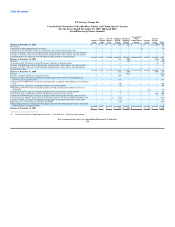 106
106 -
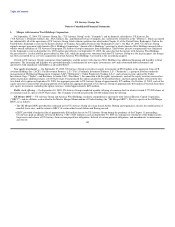 107
107 -
 108
108 -
 109
109 -
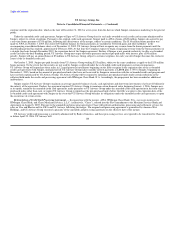 110
110 -
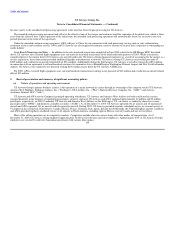 111
111 -
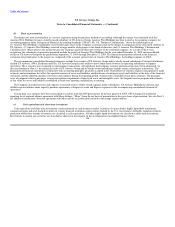 112
112 -
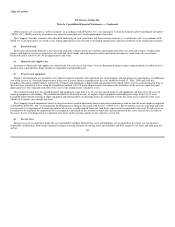 113
113 -
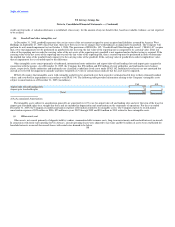 114
114 -
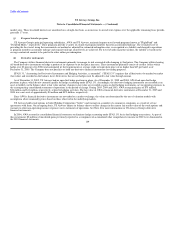 115
115 -
 116
116 -
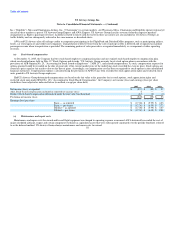 117
117 -
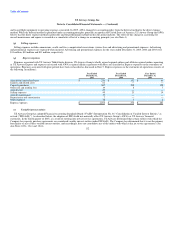 118
118 -
 119
119 -
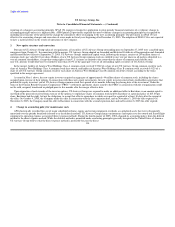 120
120 -
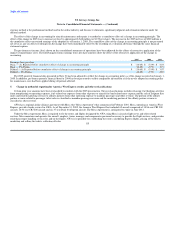 121
121 -
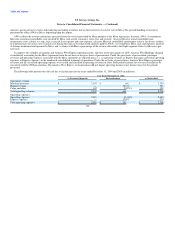 122
122 -
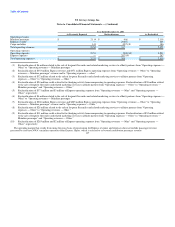 123
123 -
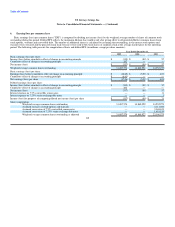 124
124 -
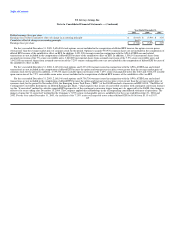 125
125 -
 126
126 -
 127
127 -
 128
128 -
 129
129 -
 130
130 -
 131
131 -
 132
132 -
 133
133 -
 134
134 -
 135
135 -
 136
136 -
 137
137 -
 138
138 -
 139
139 -
 140
140 -
 141
141 -
 142
142 -
 143
143 -
 144
144 -
 145
145 -
 146
146 -
 147
147 -
 148
148 -
 149
149 -
 150
150 -
 151
151 -
 152
152 -
 153
153 -
 154
154 -
 155
155 -
 156
156 -
 157
157 -
 158
158 -
 159
159 -
 160
160 -
 161
161 -
 162
162 -
 163
163 -
 164
164 -
 165
165 -
 166
166 -
 167
167 -
 168
168 -
 169
169 -
 170
170 -
 171
171 -
 172
172 -
 173
173 -
 174
174 -
 175
175 -
 176
176 -
 177
177 -
 178
178 -
 179
179 -
 180
180 -
 181
181 -
 182
182 -
 183
183 -
 184
184 -
 185
185 -
 186
186 -
 187
187 -
 188
188 -
 189
189 -
 190
190 -
 191
191 -
 192
192 -
 193
193 -
 194
194 -
 195
195 -
 196
196 -
 197
197 -
 198
198 -
 199
199 -
 200
200 -
 201
201 -
 202
202 -
 203
203 -
 204
204 -
 205
205 -
 206
206 -
 207
207 -
 208
208 -
 209
209 -
 210
210 -
 211
211 -
 212
212 -
 213
213 -
 214
214 -
 215
215 -
 216
216 -
 217
217 -
 218
218 -
 219
219 -
 220
220 -
 221
221 -
 222
222 -
 223
223 -
 224
224 -
 225
225 -
 226
226 -
 227
227 -
 228
228 -
 229
229 -
 230
230 -
 231
231 -
 232
232 -
 233
233 -
 234
234 -
 235
235 -
 236
236 -
 237
237 -
 238
238 -
 239
239 -
 240
240 -
 241
241 -
 242
242 -
 243
243 -
 244
244 -
 245
245 -
 246
246 -
 247
247 -
 248
248 -
 249
249 -
 250
250 -
 251
251 -
 252
252 -
 253
253 -
 254
254 -
 255
255 -
 256
256 -
 257
257 -
 258
258 -
 259
259 -
 260
260 -
 261
261 -
 262
262 -
 263
263 -
 264
264 -
 265
265 -
 266
266 -
 267
267 -
 268
268 -
 269
269 -
 270
270 -
 271
271 -
 272
272 -
 273
273 -
 274
274 -
 275
275 -
 276
276 -
 277
277 -
 278
278 -
 279
279 -
 280
280 -
 281
281 -
 282
282 -
 283
283 -
 284
284 -
 285
285 -
 286
286 -
 287
287 -
 288
288 -
 289
289 -
 290
290 -
 291
291 -
 292
292 -
 293
293 -
 294
294 -
 295
295 -
 296
296 -
 297
297 -
 298
298 -
 299
299 -
 300
300 -
 301
301 -
 302
302 -
 303
303 -
 304
304 -
 305
305 -
 306
306 -
 307
307 -
 308
308 -
 309
309 -
 310
310 -
 311
311 -
 312
312 -
 313
313 -
 314
314 -
 315
315 -
 316
316 -
 317
317 -
 318
318 -
 319
319 -
 320
320 -
 321
321 -
 322
322 -
 323
323
 |
 |
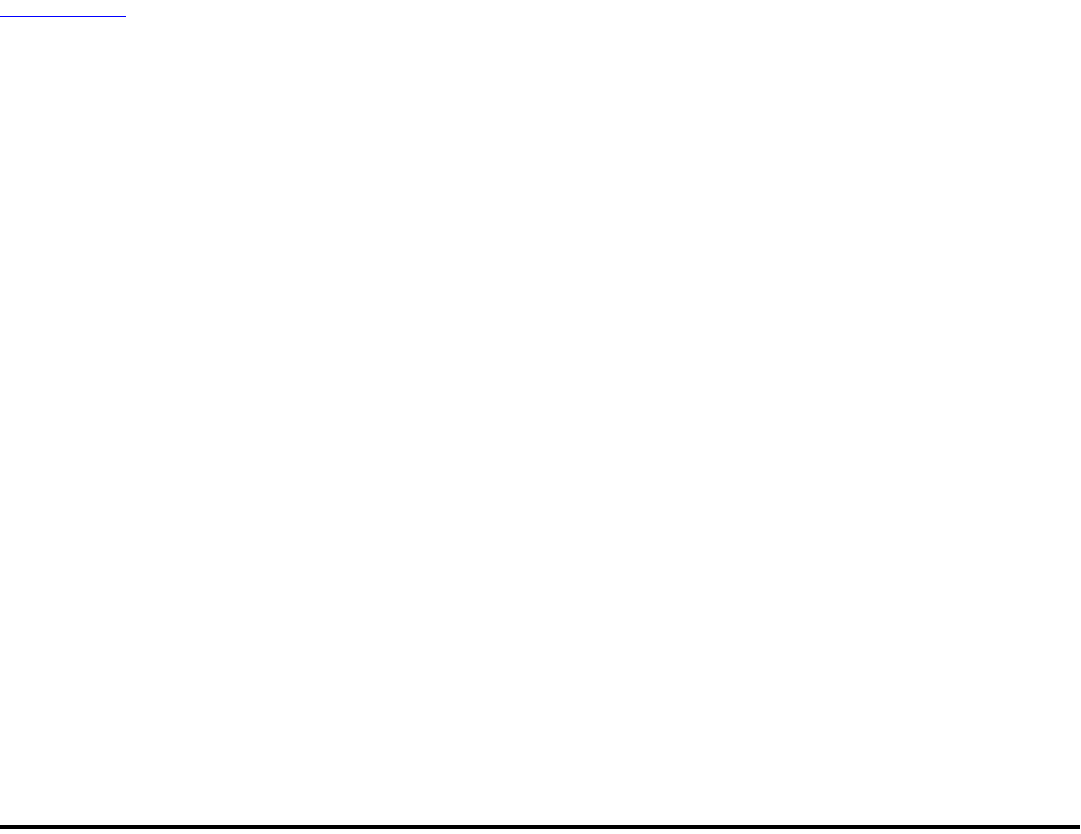
Table of Contents
US Airways Group, Inc.
Notes to Consolidated Financial Statements — (Continued)
market rates. These leasehold interests are amortized on a straight-line basis as an increase to aircraft rent expense over the applicable remaining lease periods,
generally 17 years.
(j) Frequent traveler program
US Airways Group's principal operating subsidiaries, AWA and US Airways, maintain frequent travel award programs known as "FlightFund" and
"Dividend Miles," respectively. These programs provide a variety of awards to program members based on accumulated mileage. The estimated cost of
providing the free travel, using the incremental cost method as adjusted for estimated redemption rates, is recognized as a liability and charged to operations
as program members accumulate mileage and requisite mileage award levels are achieved. For travel awards on partner airlines, the liability is based on the
average contractual amount to be paid to the other airline per redemption.
(k) Derivative instruments
The Company utilizes financial derivative instruments primarily to manage its risk associated with changing jet fuel prices. The Company utilizes heating
oil-based derivative instruments to hedge a portion of its exposure to jet fuel price increases. These instruments primarily consist of costless collars which
hedge over 20 percent of its 2006 total anticipated jet fuel requirements at average crude oil equivalent prices of no higher than $67 per barrel as of
December 31, 2005. The Company does not purchase or hold any derivative financial instruments for trading purposes.
SFAS 133, "Accounting for Derivative Instruments and Hedging Activities, as amended," ("SFAS 133") requires that all derivatives be marked to market
(fair value) and recorded on the balance sheet. Derivatives that are not hedges must be adjusted to fair value through income.
As of December 31, 2005, US Airways had no open fuel hedge positions in place. As of December 31, 2005 and 2004, AWA had open fuel hedge
positions in place, which do not currently qualify for hedge accounting under SFAS 133. Accordingly, the derivative hedging instruments are recorded as an
asset or liability on the balance sheet at fair value and any changes in fair value are recorded as gains on fuel hedging instruments, net in operating expenses in
the accompanying consolidated statements of operations in the period of change. During 2005, 2004 and 2003, AWA recognized gains of $75 million,
$24 million and $11 million, respectively, related to hedging activities. The fair value of AWA's financial derivative instruments at December 31, 2005 and
2004 was a net asset of approximately $4 million and $0.2 million, respectively.
Since AWA's financial derivative instruments are not traded on a market exchange, the values are determined by the use of valuation models with
assumptions about commodity prices based on those observed in the underlying markets.
US Airways holds stock options in Sabre Holding Corporation ("Sabre") and warrants in a number of e-commerce companies as a result of service
agreements with them. On an ongoing basis, US Airways adjusts its balance sheet to reflect changes in the current fair market value of the stock options and
warrants to other non-operating income (expense) on its statements of operations. See Note 8 for more information on US Airways Group's derivative
financial instruments.
In 2004, AWA restated its consolidated financial statements to eliminate hedge accounting under SFAS 133 for its fuel hedging transactions. As part of
this restatement, $2 million of unrealized gains previously reported as a component of accumulated other comprehensive income in 2002 were eliminated in
the 2003 financial statements. 109
